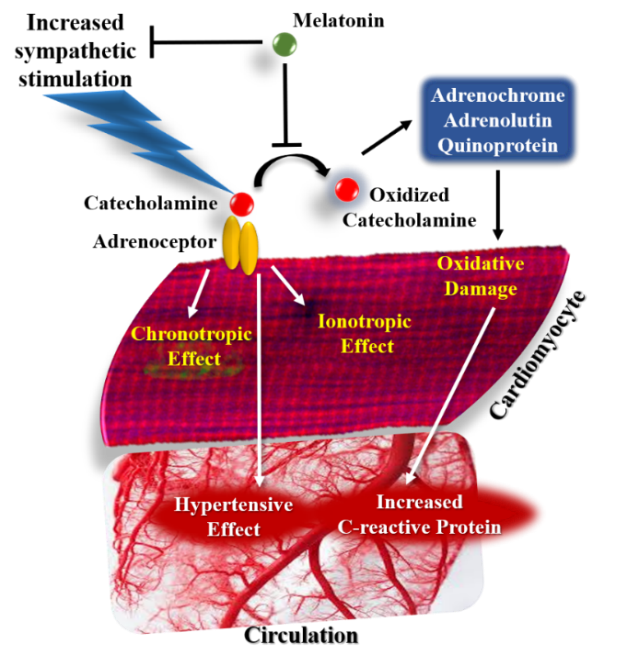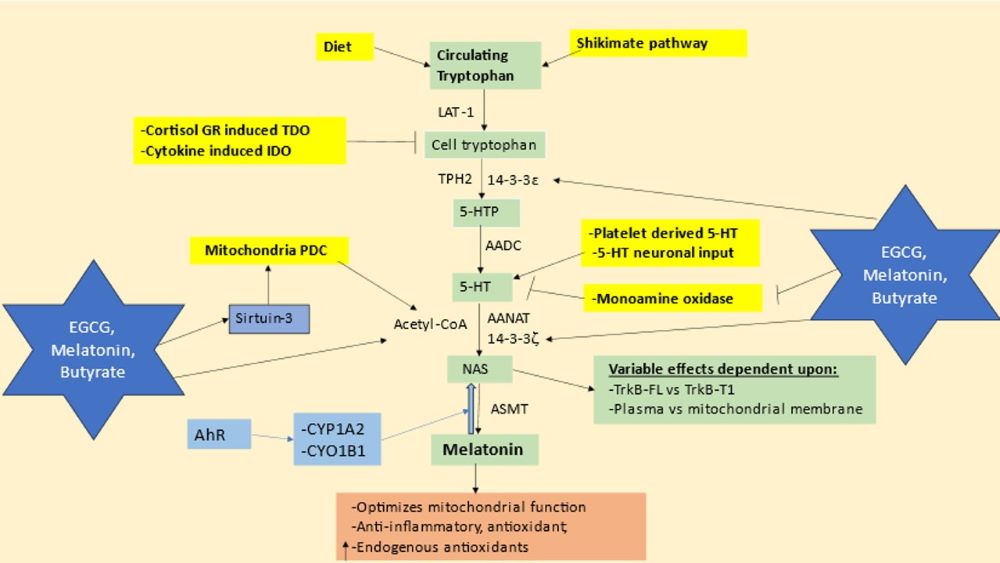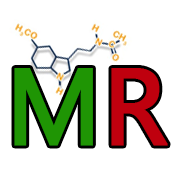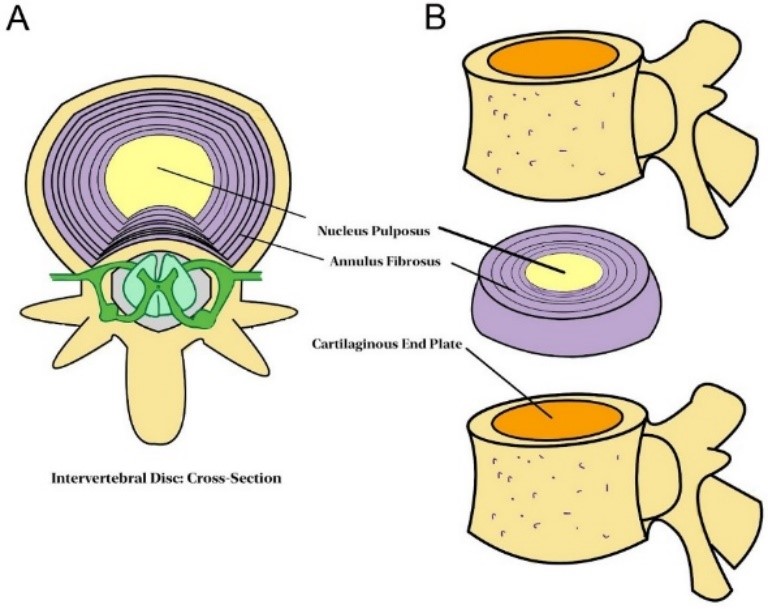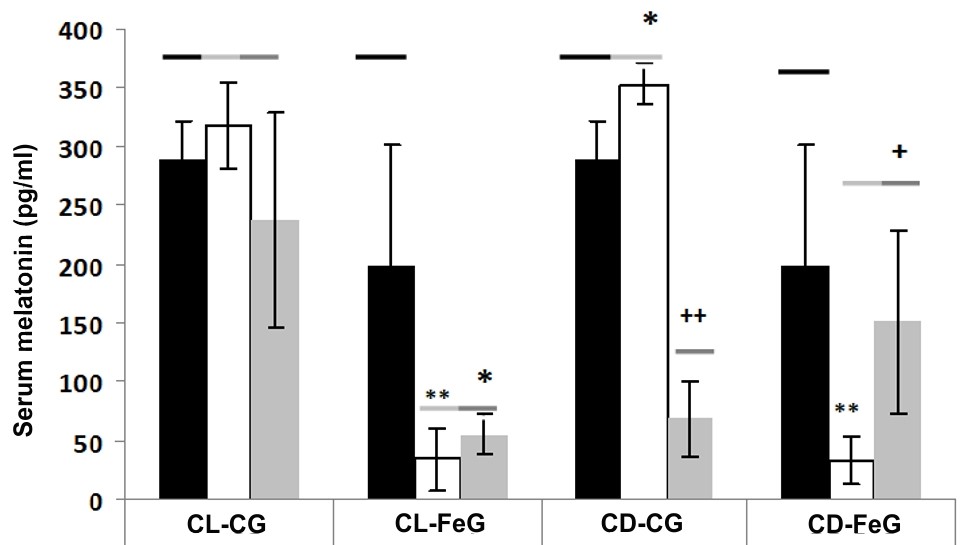
Current Issue

In the current issue, Leonor and Ernesto Bonilla suggest and provide the evidence that supports the likely therapeutical utility of melatonin for the co-infection of SARS-CoV-2 and intestinal helminths. The immunoregulatory role of intestinal helminths influence the progression of SARS-CoV-2 infection and vaccination effectiveness. A preexisting helminth infection could impair the host’s ability to fight off SARS-CoV-2 and augment morbidity and fatality. For example, the load of soil-transmitted helminth infections among the Amerindians of the Brazilian Amazon was high and the mortality rate of COVID-19 in these regions was 250% higher than that in the rest of the country. If helminthiases increase complications, then the burden of COVID-19 in helminth endemic countries might be worse than expected. Since melatonin has beneficial effects on both viral and parasitic infections and it is economically affordable in most of the developing countries and regions, its use for this co-infection may be an optimal choice and should be considered. A second interesting study published in this issue is that of Hernando et al. The authors examined prolonged photoperiodic alterations (15 days constant light exposure or 15 days constant dark) plus iron-overloading in rats in reference to their serum melatonin levels and the amount of brain lipid peroxidation. The results showed that the reduced melatonin level caused by photoperiodic changes and iron-overloading is negatively associated with the brain lipid breakdown. However, the unexpected observation is that when the rats initially in the prolonged photoperiodic alterations were returned to a normal light/dark cycle for 15 days, they still exhibited an abnormal melatonin pattern compared to the control. This interesting and preliminary observation requires further confirmation by others.
Reviews
Edited by Dun-Xian Tan & Russel J. Reiter
